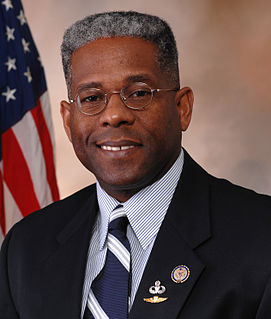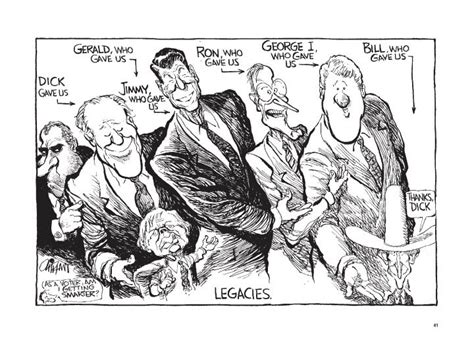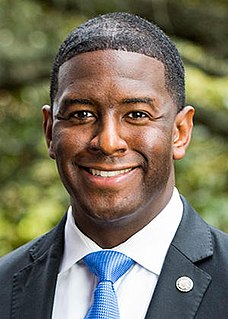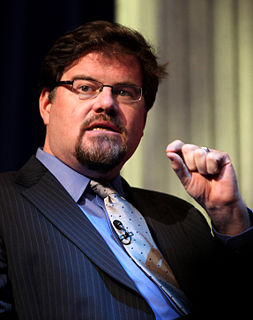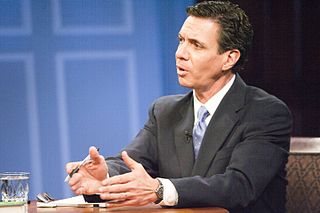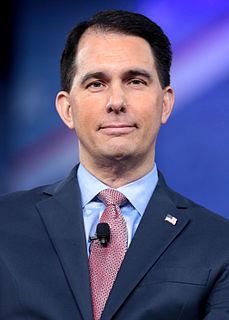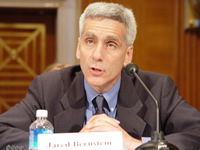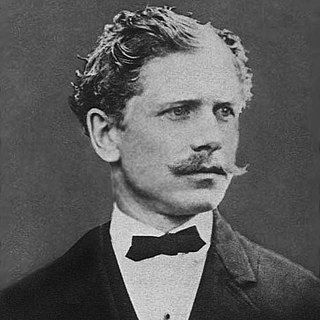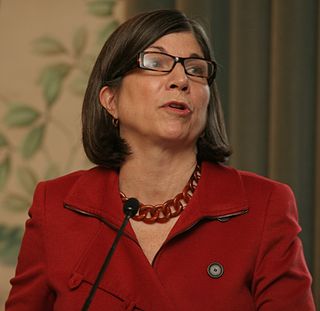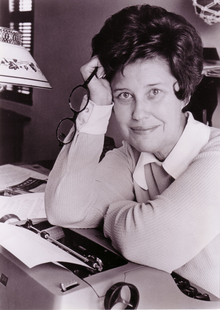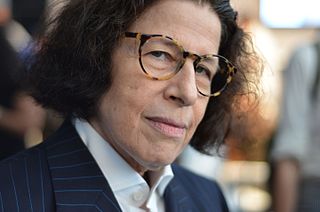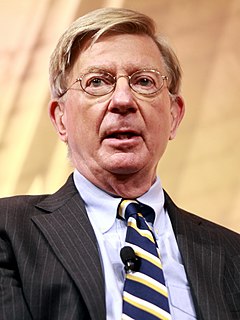A Quote by Charles Krauthammer
The Internet is a cauldron of anger every day, every year, election year or not, with unemployment at 10 percent or at two percent. It isn't exactly a good index of what's happening.
Related Quotes
When you look what is happening in this country with the debt, the deficit, the CBO coming out and saying once again we're going to have a trillion dollar plus deficit in 2012, the fourth straight year, and unemployment may be going back up to 8.9 or maybe nine percent by the end of the year, these are serious situations that are going.
The Hispanic population grew by 4.7 percent last year, while blacks expanded by 1.5 percent and whites by a paltry 0.3 percent. Hispanics cast 6 percent of the vote in 1990 and 12 percent in 2000. If their numbers expand at the current pace, they will be up to 18 percent in 2010 and 24 percent in 2020. With one-third of Hispanics voting Republican, they are the jump ball in American politics. As this vote goes, so goes the future.
I feel that this is my first year, that next year is an election year, that the third year is the mid point, and that the fourth year is the last chance I'll have to make a record since the last two years; I'll be a candidate again. Everything I do in those last two years will be posturing for the election. But right now I don't have to do that.
The black unemployment rate has to be twice that of the white rate in the US. If the national unemployment rate were 6.8 percent, everyone would be freaking out. We ought to not take too much solace in the 6.8 percent, but ask ourselves what can we do to bring that down to white rates, which are below 4 percent now. Some of that has to do with education, but that's just part of the story. You find that those unemployment differentials persist across every education level. I think it means pushing back on discrimination and helping people who can't find work get into the job market.








